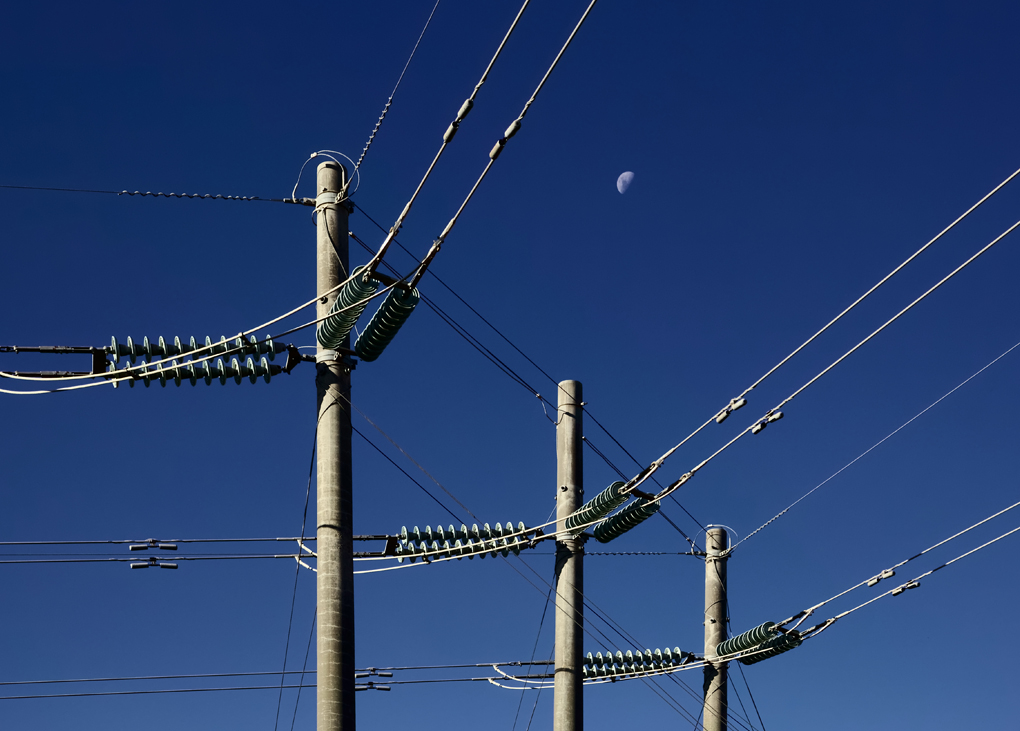Electricity generated by solar and wind technology is poised to become Australia’s most dominant source of energy, according to a new report.
Released by the Australian Academy of Technological Sciences and Engineering (ATSE), Powering the Net Zero Transition: Electricity Security Explained responds to electricity as a critical component for driving decarbonisation across a wide range of sectors.
“As Australia moves towards a net zero energy system, electricity generated by solar and wind technology is poised to become our most dominant source of energy,” says ATSE CEO Kylie Walker.
“The challenge to transition Australia’s electricity system to accommodate more renewable energy sources is not the race to develop new solutions – it’s about the targeted investment in deploying existing technologies, and the infrastructure to store and transmit energy to provide reliable continuous supply.”
The report suggests that transitioning the electricity system to accommodate more renewable energy sources will require greater investment in existing technologies.
“Fortunately, technologies to solve Australia’s electricity security challenges already exist,” says integrated system plan architect Dr Alex Wonhas.
“The current imperative to decarbonise Australia’s energy system demands a faster pace for their deployment. Investment in innovation can help to reduce future energy costs for consumers.”
In 2022, 35 per cent of Australia’s electricity generation came from renewable energy, up 4 per cent from 2021.
“Yet deployment rates, storage and supporting transmission expansion are not yet enough to achieve the government’s 82 per cent renewable energy generation target by 2030,” says Grattan Institute Climate and Energy Director, Tony Wood.
Powering the Net Zero Transition: Electricity Security Explained is available here.
 Matt Dillon
Matt Dillon


Leave a Reply